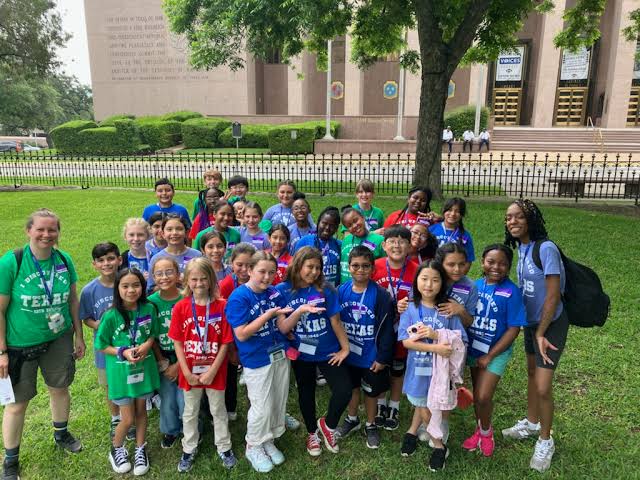In a classroom at Alpha School in Austin, Texas, the traditional hum of rote memorization is absent. Instead, the air buzzes with the energy of fourth and fifth graders actively designing solutions to real-world problems, building functional prototypes, and debating ethical implications of technology. These students aren’t just learning; they are pioneering a new educational frontier—one that is fundamentally student-centered, project-based, and focused on shaping problem-solvers for a complex world.
This shift away from the industrial-era model of education is not confined to Austin. Across the African continent, a quiet revolution is taking root within forward-thinking schools that recognize the urgent need to equip young minds with critical thinking, creativity, and collaborative skills. These institutions are moving beyond the textbook to create learning environments where students are the chief architects of their own knowledge.
The Model in Action: From Theory to Tangible Impact
The model embraced by Alpha School de-emphasizes standardized tests and passive learning. Its core tenets include:
· Project-Based Learning (PBL): Students tackle complex, open-ended questions over extended periods. A history lesson becomes a documentary film project; a science unit transforms into designing a sustainable garden for the community.
· Student Agency: Learners have a significant voice in what and how they learn, fostering intrinsic motivation and ownership.
· Integration of Technology: Technology is not a separate subject but a tool for research, creation, and global connection.
· Focus on Soft Skills: Collaboration, communication, and resilience are taught, practiced, and assessed with the same rigor as academic subjects.
This approach prepares students not for a single test, but for the unpredictable challenges and opportunities of the 21st century.
The African Vanguard: Schools Leading the Charge
This educational evolution is already flourishing in Africa, where numerous schools are adapting and innovating upon this model to meet local and global contexts.
· Green Hills Academy, Rwanda: A beacon of innovation in Kigali, Green Hills emphasizes a holistic, inquiry-based curriculum. Its state-of-the-art facilities and focus on STEM (Science, Technology, Engineering, and Mathematics) education, coupled with leadership programs, empower students to be critical thinkers and problem-solvers relevant to Rwanda’s and Africa’s development goals.
· Makini School, Kenya: With a network of schools in Nairobi and beyond, Makini has integrated the Cambridge curriculum with a strong emphasis on digital literacy and creative thinking. Their approach encourages students to connect their learning to the socio-economic landscape of Kenya, fostering a generation of innovators and entrepreneurs.
· African Leadership Academy (ALA), Johannesburg, South Africa: While a pre-university institution, ALA’s model is the epitome of this frontier. It identifies the continent’s most promising young leaders and immerses them in a two-year program centered on entrepreneurial leadership, African studies, and a capstone project where students launch and run their own ventures or social initiatives.
· Nova Pioneer, Kenya & South Africa: This network of schools was founded on the explicit mission of developing the next generation of African innovators and leaders. Their “innovator mindset” framework is embedded in a curriculum that is intensely hands-on, encouraging students to experiment, build, and learn from failure in a supportive environment.
Why This Model is Critical for Africa’s Future
The adoption of this pioneering educational model is particularly significant for the African continent. With the world’s youngest population, Africa’s potential is its human capital. Moving away from educational systems that prioritize obedience and memorization towards those that cultivate agency, innovation, and critical thought is no longer a luxury—it is an economic and social imperative.
Schools like those cited are demonstrating that when young Africans are given the tools to question, create, and lead, they are more than capable of designing solutions to the continent’s most pressing challenges, from climate change and healthcare to governance and economic inclusion.
The fourth and fifth graders in Austin are part of a global movement. But the true vanguard of this educational frontier may well be in the classrooms of Kigali, Nairobi, and Johannesburg, where students are not just preparing for the future—they are actively building it.

Leave a Reply